DIY Water Softener Installation
Posted by Discount Water Softeners on Jul 1st 2020
Hard water is tough on a plumbing system. It also frequently accompanies minerals that make water taste or smell bad. Fixing a hard water problem is as simple as installing a water softener, but it requires knowledge of how piping works inside a home. While a new water softening system is an extremely useful appliance, it’s not one you’d typically show off to your friends. But despite not being the prettiest of hardware, if you tackle the installation yourself, you’ve earned yourself some bragging rights.
DIY home improvement projects can save you a fortune, but only if you’ve got the experience to complete the job. The idea of a DIY water softener install might not phase you. Especially if all you need to do is switch out one water softening system for another. That change can easily be made with plumbing and connections already in place. If your home isn’t pre-plumbed for a softening system, you’ll need to be comfortable cutting and soldering pipes to connect your new water treatment system to your water supply. If you’ve got confidence in your skills, and you’re fully prepared to deal with the ins and outs of a plumbing system, you’re off to a great start.
Where to Install Your Water Softener
The difficulty level of a DIY water softener installation varies depending on your home, the type of piping you have, and the location you intend to install a system. It may require a little investigation to find the right location for your water softener. Most often, a softening system is housed in a utility closet or basement, near an electrical outlet, and in close proximity to your main water line and a drain. It should also be placed in an area that is dry, level, and with low humidity.
A water softener needs to be placed close to the main water line to ensure that all water for daily household use is directed to the softening system for treatment before it flows through your tap. Installing the softener near a drain is also a necessity for easy disposal of the brine solution after regeneration. Regeneration is the process by which the resin beads are washed free of the hardness minerals by a brine solution, and flushed down the drain.
Your water heater and water softener should have several feet of space between them, preventing the possibility of hot water migrating back into a softener during a regeneration cycle. This avoids hot water damaging tubing inside your water softening system. Water softeners also need to be protected from freezing temperatures (as well as direct sunlight and moisture).
Frozen pipes can lead to burst pipes, causing significant damage to your property as well as water treatment equipment. Installing your softener in an area where freezing may occur may not only cause permanent damage, it could also void your warranty.
DIY Water Softener Installation Checklist

If your home’s water comes from a well, the installation steps are relatively the same, as long as the water source enters your home as it would from a municipal water supply. Every water softener installation scenario is unique, but general plumbing requirements and checklists are alike, beginning with your main water supply shut off, drained water lines, and the completion of plumbing connections.
To begin, most water softeners come with a bypass valve that will need to be assembled and attached to your unit. Local plumbing codes may also require shutoff valves installed where the pipes lead to and from the bypass valve so that the softener can be turned off easily in case of emergency.
Using a pipe cutter, you’ll need to cut into the water supply line to run two lines to the inlet and outlet ports of the bypass valve. Hard water from the water supply will run into the softener inlet, soft water runs away from it to supply your home’s appliances and fixtures with softened water.
Next, cut and install the pipes that lead to the bypass valve. Fittings should be soldered before attaching to valve. Your softener comes supplied with compression fittings to attach the pipe to the unit. Clamp the drain hose to the softener and run it to the drain. The end of the hose will need to be at least a couple inches above the drain hole to prevent a backflow of wastewater.
Make sure that the floor is clean and level beneath your salt storage tank, but do not add salt to the tank at this point. Following the manufacturer instructions, connect the brine tank’s overflow tube, making sure that the overflow discharge is positioned lower than the overflow fitting. The bypass valve should now be set to the bypass position and the water turned on, to run water through the softener and flush out any sediments. Run the water for a few minutes until the system is free of any foreign material resulting from the installation. Once water runs clean, shut off the water tap.
Take the system out of bypass and into the service position. Let water flow into the tank. When the flow of water stops, open a cold water tap nearby and to let all air to be purged from the unit. Then, plug your system into an electrical outlet. Once your water softener is installed with the inlet, outlet, and drain connections properly made according to plumbing codes and manufacturer recommendations, you can refer to your user manual for programming and start-up procedures that are specific to your system.
Enjoying Your Soft Water
Hard water may not necessarily be harmful to your health, but it can throw a wrench in household cleaning, and ruin your plumbing and fixtures. If you like to be in control of the selection and installation of most of your home appliances, and your plumbing skills are above average for homeowners, you can make the important addition of a water softening system on your own.
If you’re worried about running into speed bumps, you can always leave the install job to a professional. The price of hiring a plumber will range depending on the size of the unit, its location, and the difficulty of access to the place of installation. Whether you DIY or you pay an expert, a water softener is a great way to get cleaner, clearer water, anytime you want it.


